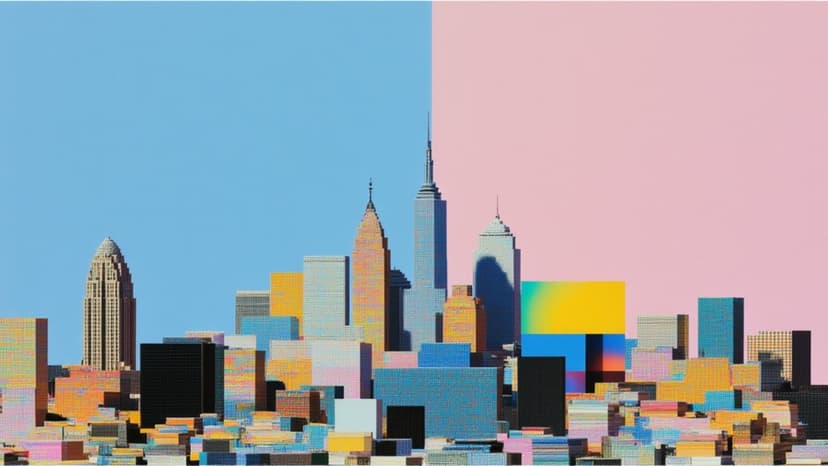Nano Banana 2 shifts from diffusion pattern matching to reasoning-guided synthesis. Perfect text rendering, 4K resolution options and complex prompt handling. Nano Banana 1 remains viable for artistic exploration.
Nano Banana 1 vs. Nano Banana 2
Nano Banana 2 represents a fundamental shift from pattern-matching to reasoning-guided image generation. While the original Nano Banana operates as a compact diffusion model optimized for speed and artistic exploration, Nano Banana 2 (available as fal-ai/nano-banana-pro) validates logical relationships before rendering. This comparison clarifies the practical differences and helps you select the right model for specific workflow requirements.
Core Architectural Differences
Nano Banana 1 functions as a traditional diffusion model, matching prompts against learned visual patterns. This delivers speed and aesthetic coherence but struggles with multi-element scenes, text rendering, and technical content. The architecture excels at pattern recognition and single-subject compositions where spatial complexity remains minimal.
Nano Banana 2 introduces a multi-stage "Plan → Evaluate → Improve" loop, validating outputs through structured evaluation loops before committing pixels. This enables consistent text rendering, complex spatial arrangements, and technical precision. It's the difference between recognizing "coffee cup on table" as separate visual concepts versus understanding the physical relationship between container and surface.
The tradeoff involves increased generation time, justified by reduced iteration cycles and elimination of manual post-processing. Where Nano Banana 1 requires multiple regenerations to approximate complex scenes, Nano Banana 2 validates spatial relationships and logical consistency before final render.
Key Capability Comparisons
Production-Ready Text Rendering
Nano Banana 1 treats text as visual texture, consistently producing incorrect spellings and distorted letterforms. Ask for "OPEN" on a storefront sign and you might get "OPFN" or unreadable symbols. The model generates something that looks text-like but lacks semantic understanding of character sequences.
Nano Banana 2 validates text character-by-character, understanding that "OPEN" requires four exact letters in precise sequence. This transforms previously manual workflows: UI mockups display actual interface copy, branded materials show accurate taglines, and infographics present readable data labels.
The impact extends beyond simple text. Design teams can generate branded marketing materials with accurate taglines without post-processing overlays. Architectural visualizations include legible multilingual signage. Product mockups show functional interface copy that matches creative briefs precisely.
Nano Banana 1 vs. 2: Text Rendering Comparison

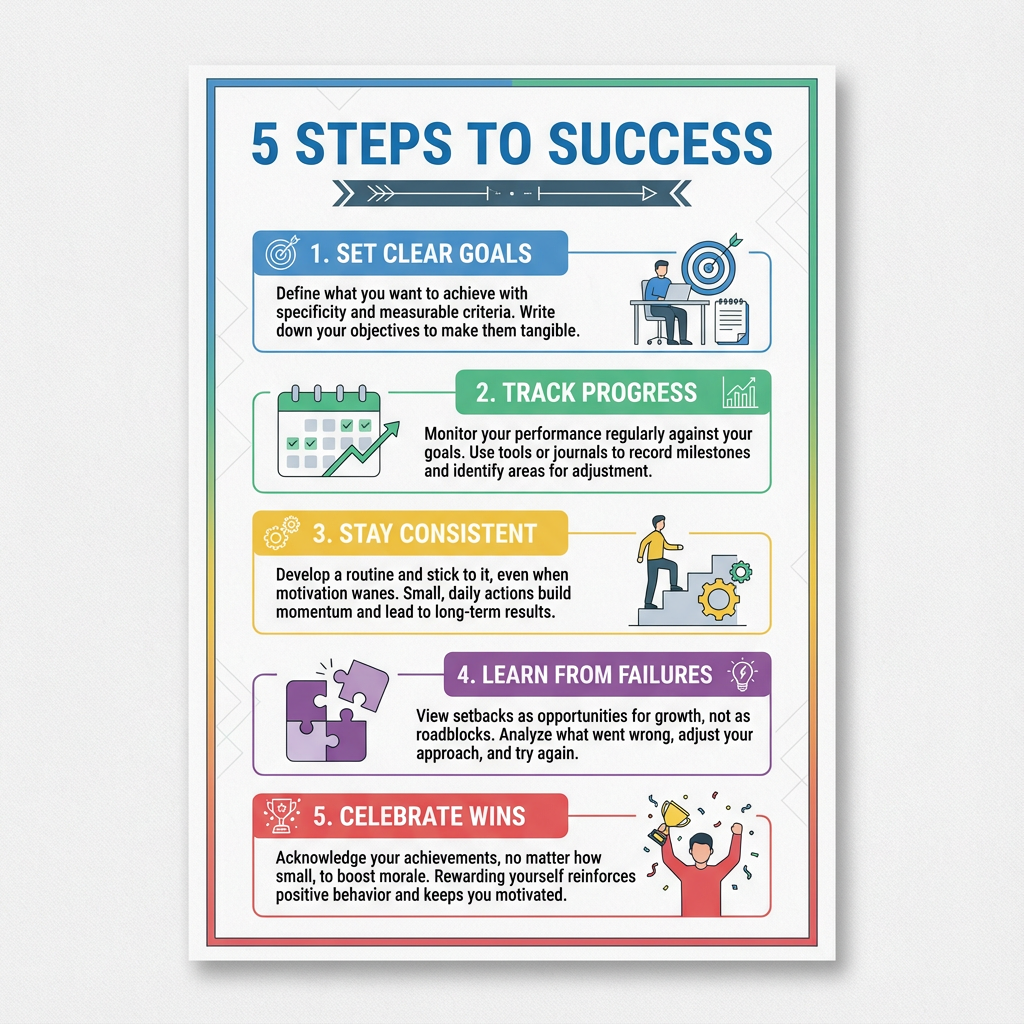
Prompt: "A clean infographic poster showing '5 STEPS TO SUCCESS' with numbered sections: '1. SET CLEAR GOALS', '2. TRACK PROGRESS', '3. STAY CONSISTENT', '4. LEARN FROM FAILURES', '5. CELEBRATE WINS', each with 2-3 lines of descriptive text below, modern flat design"
Left: Nano Banana 1 showing text hallucination with garbled characters and unreadable labels. Right: Nano Banana 2 rendering text accurately with proper structure and readability.
Native Resolution Options
Nano Banana 1 generates at single fixed resolution suitable for web content but struggles when upscaling introduces blur and detail loss. External upscaling tools add artifacts and softness that limit professional applications.
Nano Banana 2 offers native 1K, 2K, and 4K generation with 16-bit color depth, generating at target resolution rather than upscaling. This preserves detail fidelity and enables billboard-ready assets, presentation materials for 4K displays, and print production workflows. Product photography scales from web thumbnails to catalog spreads without quality compromise.
falMODEL APIs
The fastest, cheapest and most reliable way to run genAI models. 1 API, 100s of models
Complex Spatial Relationships
Complex prompts requiring specific spatial relationships often collapse in Nano Banana 1. "A red car parked between two blue trucks, with a bicycle leaning against the passenger door" generates the individual objects but loses track of their precise arrangement. Elements might merge, disappear, or ignore positional requirements entirely.
Nano Banana 2 validates spatial relationships before final render through its reasoning architecture. It doesn't just recognize objects but verifies their relationships, quantities, and spatial arrangements against your description. This reduces iteration cycles from "generate, check, regenerate" loops to single-generation workflows.
Nano Banana 1 vs. 2: Complex Prompt Handling


Prompt: "Two wine glasses on a white table, the empty glass on the left, the glass on the right filled with red wine positioned slightly behind and overlapping the left glass, backlit by window creating rim lighting"
Left: Nano Banana 1 simplifying to a basic side-by-side arrangement, missing the specified spatial overlap and depth positioning. Right: Nano Banana 2 correctly interpreting the overlapping depth relationship with the filled glass positioned behind the empty glass.
Technical Content and Platform Flexibility
Nano Banana 1 generates visual approximations without semantic understanding. Equations appear equation-like but lack mathematical validity. The model creates something that looks technical but doesn't preserve structural accuracy required for educational content or technical documentation.
Nano Banana 2 preserves structural accuracy in technical visualizations, understanding that certain visual elements carry semantic meaning beyond appearance. This supports educational content generation, technical documentation with accurate diagrams, and scientific visualizations that maintain logical consistency.
Nano Banana 1's limited aspect ratios require cropping for diverse platforms, often compromising composition. Nano Banana 2 offers ten native aspect ratios from 21:9 through 9:16, composing specifically for Instagram squares, YouTube thumbnails, and TikTok verticals without manual reframing. The model understands how visual weight and focal points shift across different dimensions rather than generating square and cropping.
Choosing the Right Model
Choose Nano Banana 1 for: Artistic and experimental work where diffusion-based aesthetic qualities like subtle texture variations matter, single-subject compositions without complex spatial requirements, rapid concept exploration where approximate visual direction suffices, and established workflows optimized around its specific output characteristics.
Choose Nano Banana 2 for: Text-critical applications (UI mockups, branded materials, signage), high-resolution requirements (print, billboards, 4K displays), complex scene composition with multiple elements requiring precise spatial relationships, precision-driven projects where outputs must match creative briefs exactly, and technical content generation requiring structural accuracy.
Recently Added
Testing and Implementation
The migration path between models requires minimal code changes. Your existing Nano Banana 1 prompts work unchanged with Nano Banana 2, with new parameters available when you need precise control:
import fal_client
# Nano Banana 1: Basic generation
result_v1 = fal_client.subscribe(
"fal-ai/nano-banana",
arguments={
"prompt": "A modern office workspace with ergonomic chair"
}
)
# Nano Banana 2: Enhanced control
result_v2 = fal_client.subscribe(
"fal-ai/nano-banana-pro",
arguments={
"prompt": "A modern office workspace with ergonomic chair",
"aspect_ratio": "16:9", # Ten ratio options available
"resolution": "2K" # 1K, 2K, or 4K output
}
)
Generate identical prompts through both models and evaluate against project requirements. Many production environments use both strategically: Nano Banana 1 for rapid concept exploration, Nano Banana 2 for final production assets.
Nano Banana 1 excels as a fast diffusion model for creative exploration. Nano Banana 2 serves as a reasoning-driven system for production precision. Select based on project-specific needs: pattern matching for artistic work, reasoning validation for production accuracy.
Test both models on fal:
- Nano Banana 1 for artistic exploration and rapid iteration
- Nano Banana 2 for production workflows requiring precision and control

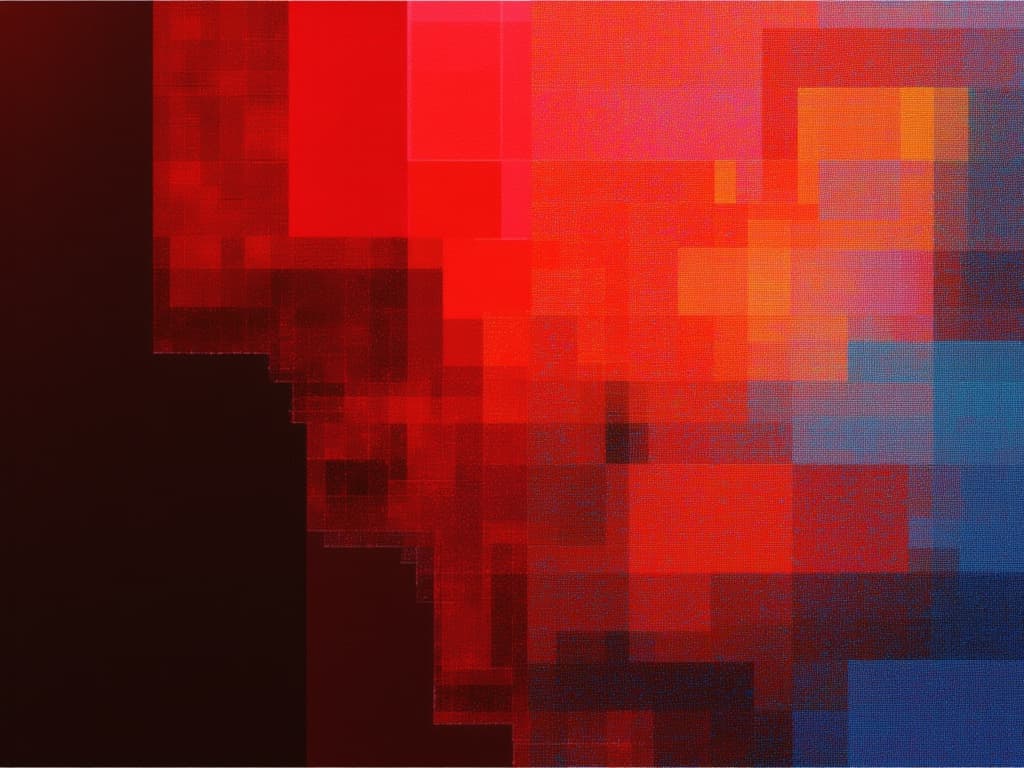
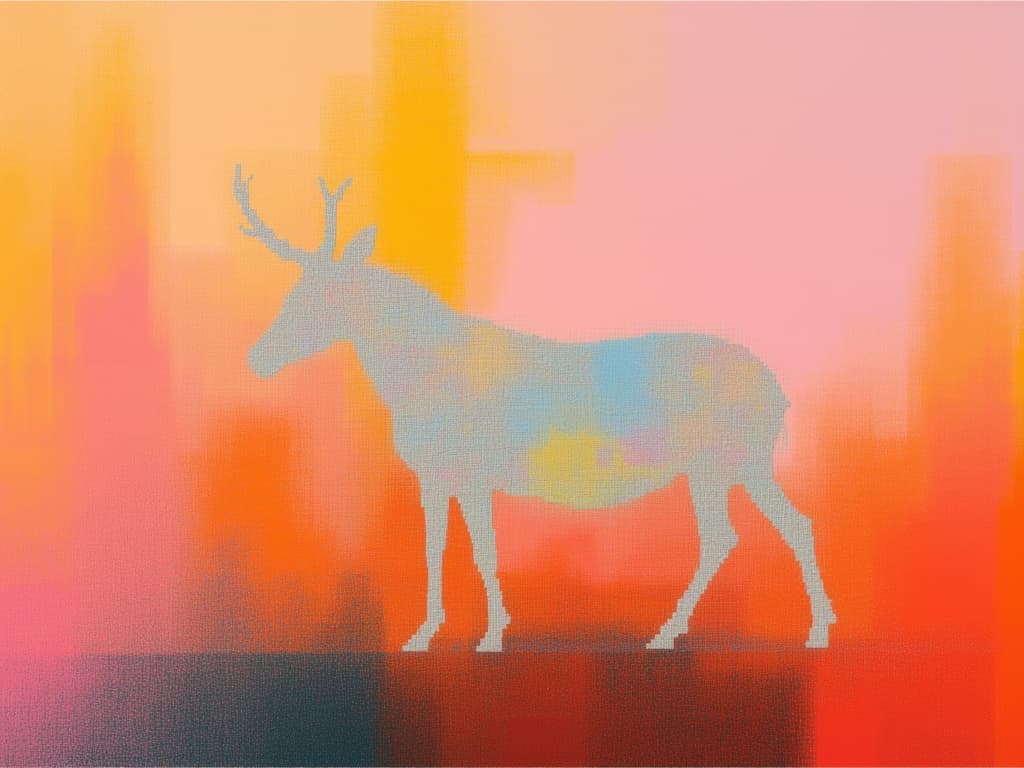
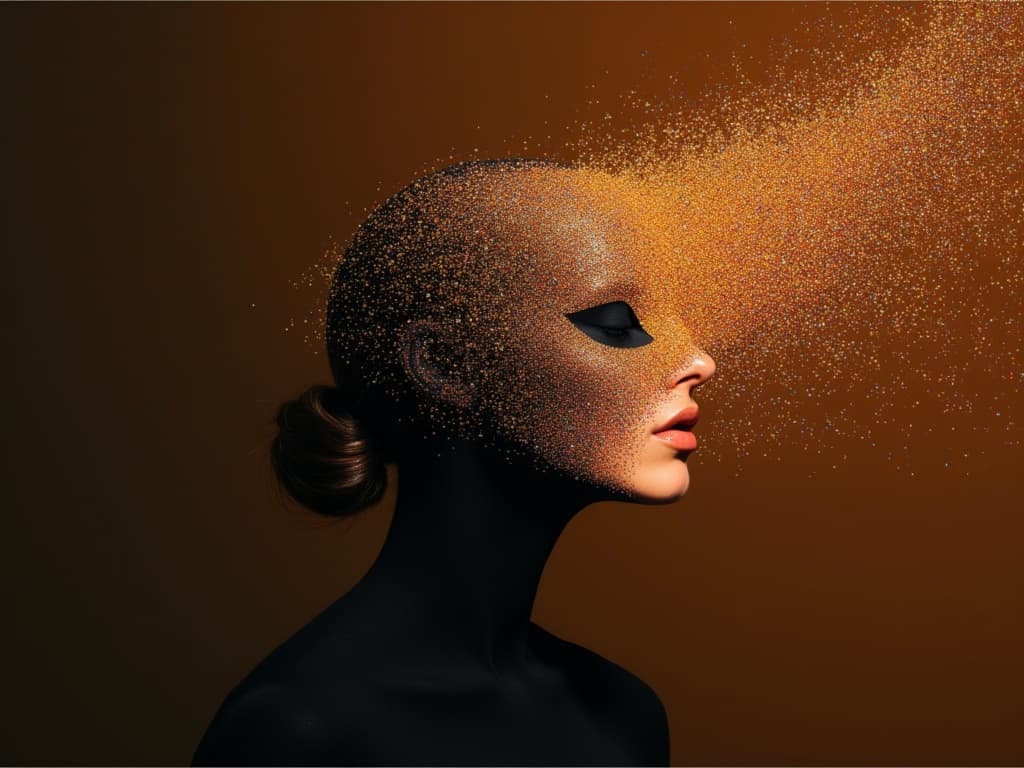
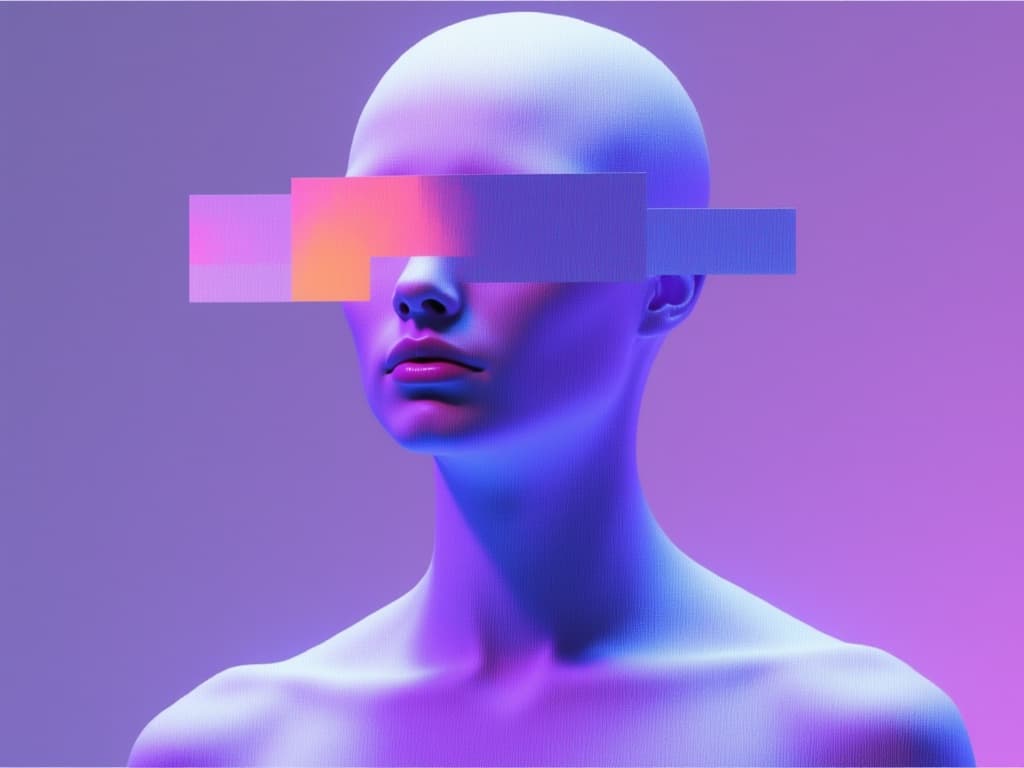













![FLUX.2 [max] delivers state-of-the-art image generation and advanced image editing with exceptional realism, precision, and consistency.](/_next/image?url=https%3A%2F%2Fv3b.fal.media%2Ffiles%2Fb%2F0a868a0f%2FzL7LNUIqnPPhZNy_PtHJq_330f66115240460788092cb9523b6aba.jpg&w=3840&q=75)
![FLUX.2 [max] delivers state-of-the-art image generation and advanced image editing with exceptional realism, precision, and consistency.](/_next/image?url=https%3A%2F%2Fv3b.fal.media%2Ffiles%2Fb%2F0a8689a8%2Fbbcmo6U5xg_RxDXijtxNA_55df705e1b1b4535a90bccd70887680e.jpg&w=3840&q=75)



